Last weekend I attended a 3 day Roots of Rhythm workshop by Dr. Craig Woodson. If you ever hear of one in your area, I would highly recommend taking advantage!
Roots of Rhythm is a curriculum that was developed through collaboration between the Percussion Marketing Council and the International House of Blues Foundation. The curriculum combines music with history, social studies, geography and language arts designed to support classroom teachers in integrating music and music making activities in the classroom.
The benefits are great when participating in the Roots of Rhythm program. Teacher and students learn about rhythms, drums and percussion instruments from around the world within their respective cultural and historical contexts. Students learn and increase their understanding about different countries and cultures, gain awareness how music reflects life conditions and experiences, learn to play and create different percussive instruments, developing listening skills and music appreciation and most of all have FUN!
Below you can view a picture slide show of some of the instruments that we made during this workshop. At the end of the slide show I took a picture of all my instruments. I made a Buhai friction drum, Bongos, Lakota drum, Dondo, Ranat Ek (xylophone), Sajat, Adufe drum, Djembe, Naqqara, Snare drum, mini gong, cowbell and I’m sure I’m missing something! It was fantastic!
At the beginning of each class and often after we made a new instrument we would simply drum. Also known as a drum circle, improvising with different instruments as a group. This was one of my favorite things to do. It really set the tone for the day and created excitement to experiment with my new instrument. This made me think, as a piano teacher how can I implement this in my studio? My goal this next year is to begin and end the lesson with some kind of improvisation whether it’s on a percussion instrument or the piano. To simply make music and enjoy the sounds that are created.
Here are a couple of links to video’s that I filmed of our “drum circles”.
This one is a short clip with Dr. Woodson. You will see how he got a little creative with us when we were drumming. I didn’t film the entire thing because I wanted to participate! Click here to view.
This was with Frank Thompson of AZ Rhythm Connections. Click here to view.
A friend/piano teacher colleague of mine participated in this workshop with me. A few things that we realized is how easily drumming can be implemented in the piano lessons. For example, instead of simply drumming a rhythm in some music, why not add articulation and dynamics in the drumming as well? Maybe by physically doing these things on the drum will allow the student to understand what we are wanting to hear on the piano. We both noticed some really big benefits to introduce drumming into the lessons.
I am planning on doing the Roots of Rhythm program for my students as a workshop option this summer! I am so excited! I am planning on having the students make the Adufe drum (the square drum you see in the picture) and am still narrowing it down to one more that we will make. Now the good news for all of you. Even though you may have not attended a workshop, you can still share this experience with your students. Just go to: http://www.rootsofrhythm.net/ and you can download the curriculum for free! This includes worksheets for the students! While you are there, be sure to check out workshop information. If they come to your area be sure to sign up!
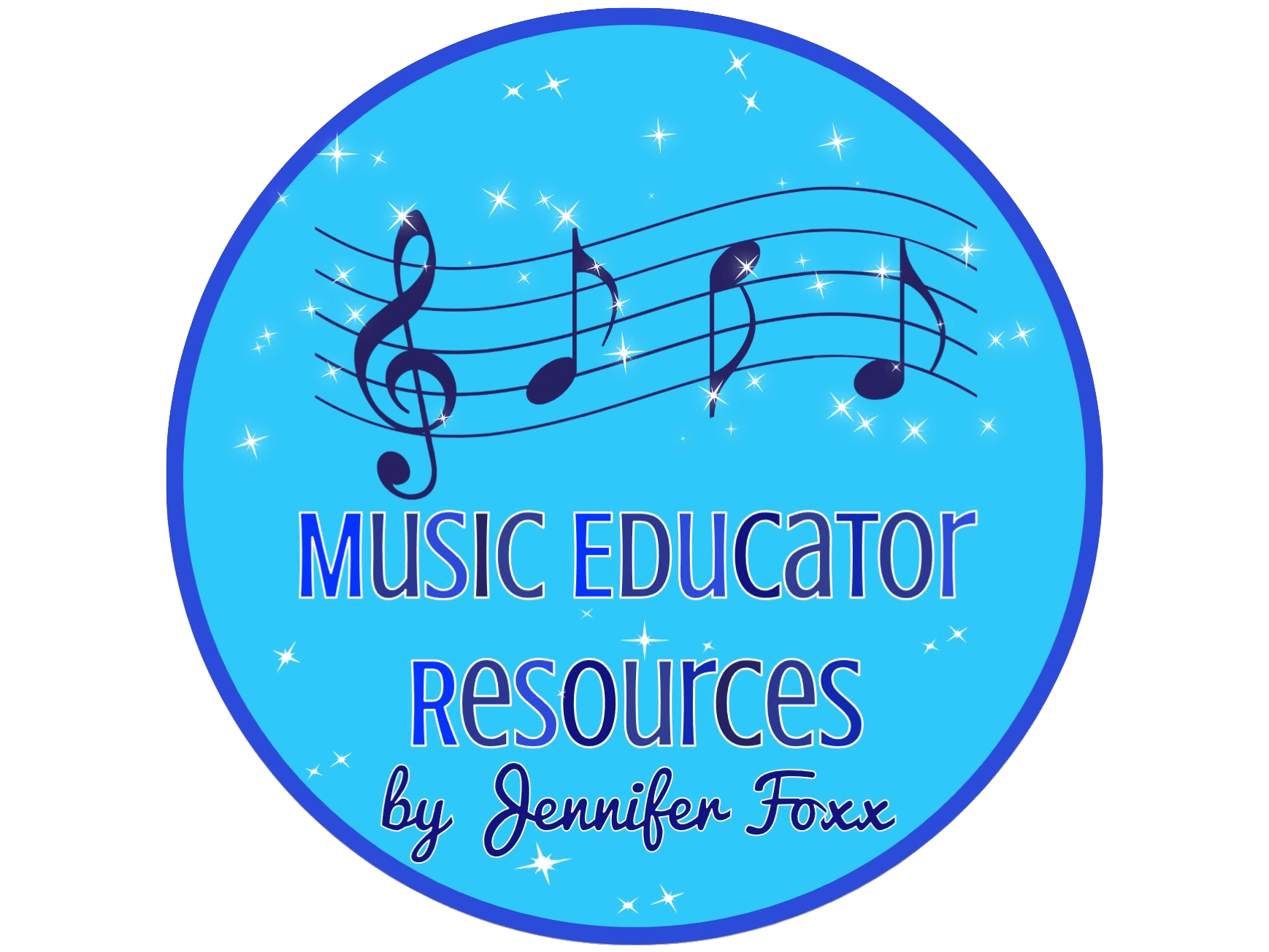
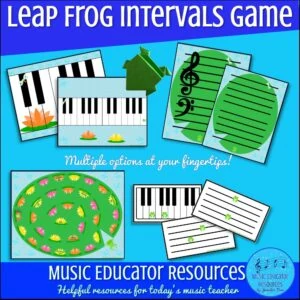
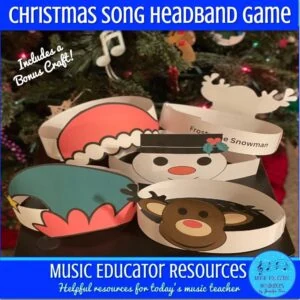
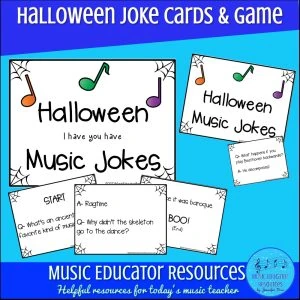
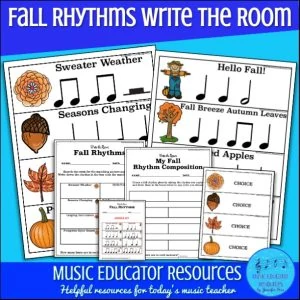
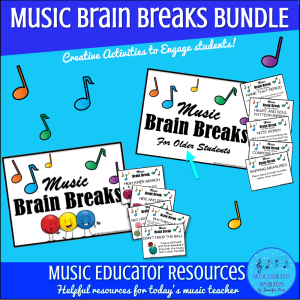
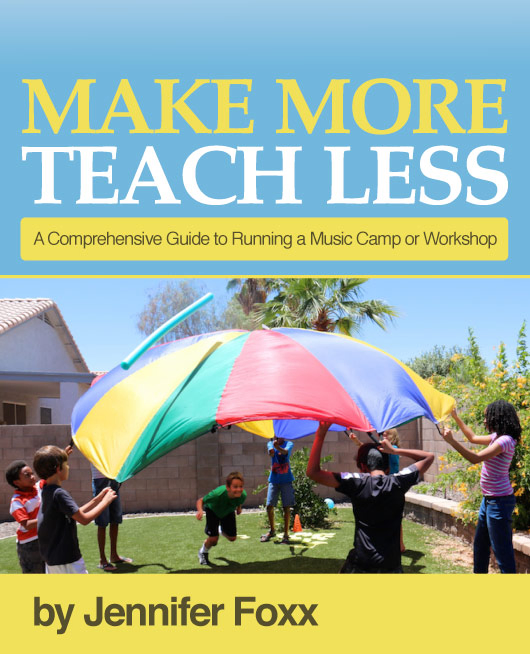
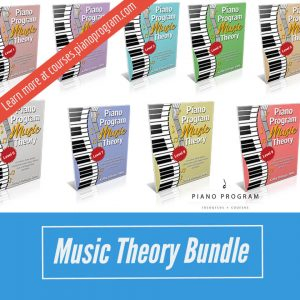
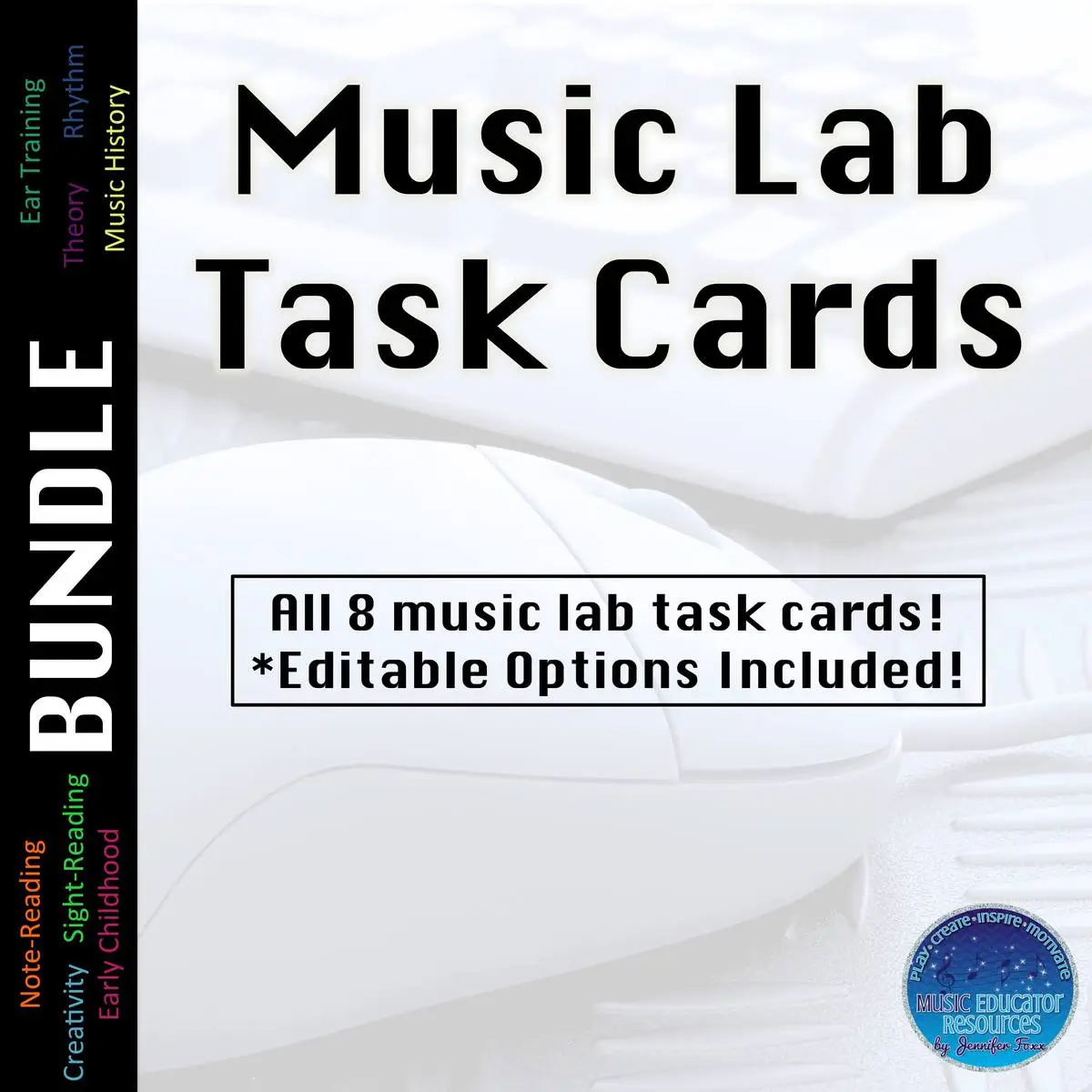
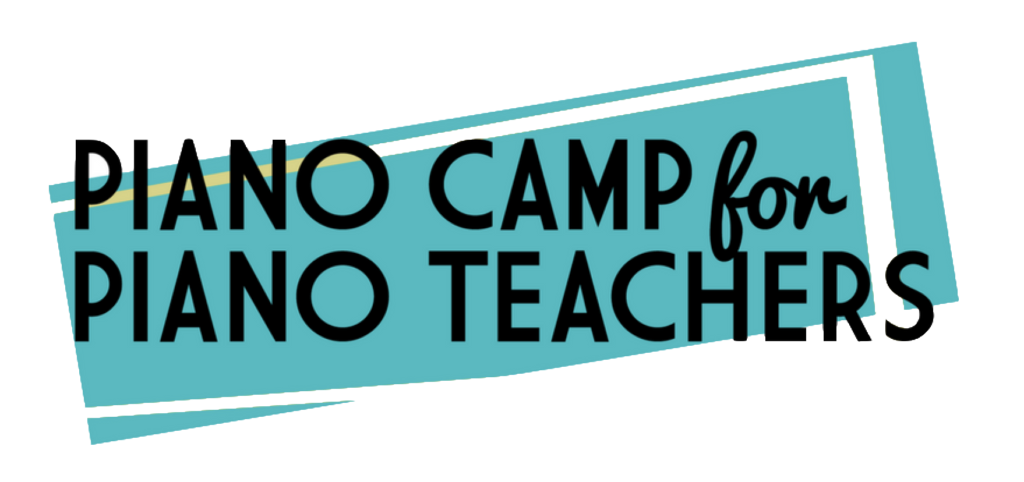
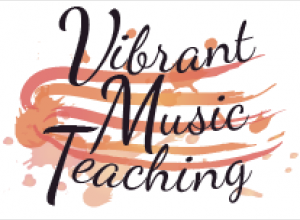

Great article, Jennifer! Thanks so much for sharing. Can you tell me which instrument that you made was the most fun to play? I’m looking at the curriculum on the roots of rhythm site and found several instructions for making drums. Which drum that you made do you think would be easiest for piano students to make and the most fun with which to play? Thanks!
I loved the talking drum aka Dondo. In terms of finding materials that students would have at home, this would be a good one. It is a little more time consuming, but not too bad and he has kids make this one all the time. You can even make a smaller version of it with smaller cans if finding no. 10 cans is too hard.
The Adufe was one of my favorites also but I just worry with the hammering and nails it may be a little too much for my students in the time we would have to make it. So I’m thinking I may do the frame part myself and then they do the rest.
Bongos would be a super easy one to make. The Buhai is a fun “silly” instrument that would also be super easy. I might do that one as well on top of two others. Another easy one to make is the snare drum.
Just an FYI, the cowbell was made out of a soup can and wood. Then you can take the tops of the soup can and make cymbals or a couple gongs.
Thanks Jennifer! Unfortunately, the only one you mentioned that have directions on how to make is the bongos, so that’s probably what I’ll do though I hope they sound good to the kids. Any tips on making the bongos most “bongo-ish?” 🙂
If you click on the curriculum link you’ll see a list. Chapter 5 is the Dondo for example. Scroll down and their are brief directions on the bottom of the 4th page. Same thing with the other instruments. Hope that helps!
As far as making Bongo’s sound “bongo-ish”. It’s all about the tape. The tighter they can stretch the tape, and try not to make it too thick. The drums have a better sound when it’s thinner layers. But experiment with it.
Me again… Well, I guess they aren’t really directions, just what you would need to make them. But all the drums have a similar way of how to’s. Let me see what else I can find and I’ll get back to you. Although it may not be until Monday…
No problem. Those pages are actually quite helpful, but if you do come across more specific directions, let me know. Thanks again for this most helpful post!
Okay, I didn’t come across any other specific directions, but if you have a question on a specific instrument, let me know and I should be able to remember how we did it. 🙂
Jennifer, thanks for sharing the information from this workshop. I want to really read the curriculum but will have to wait until Monday!
Thanks for posting Jennifer. Very interesting. What ideas do you have for your workshop that you plan on using this information for …. what ages?
Thanks again! I always look forward to reading your posts.
Hi Whitney, thanks for your comment. I’m planning on following the curriculum that you can download for free. Plus incorporate some rhythm activities. Drum circle experience, etc… One of the activities he had us do that I plan on doing after making an instrument is he had us put ourselves in pitch order according to the pitch of the drum we had made. Then we would play in order of pitch. Then he would divide us in groups of similar pitch and would start a group drumming quarter notes, another drumming half notes, and so on.
Jennifer, how many days will you plan to run this workshop? Also, what ages?